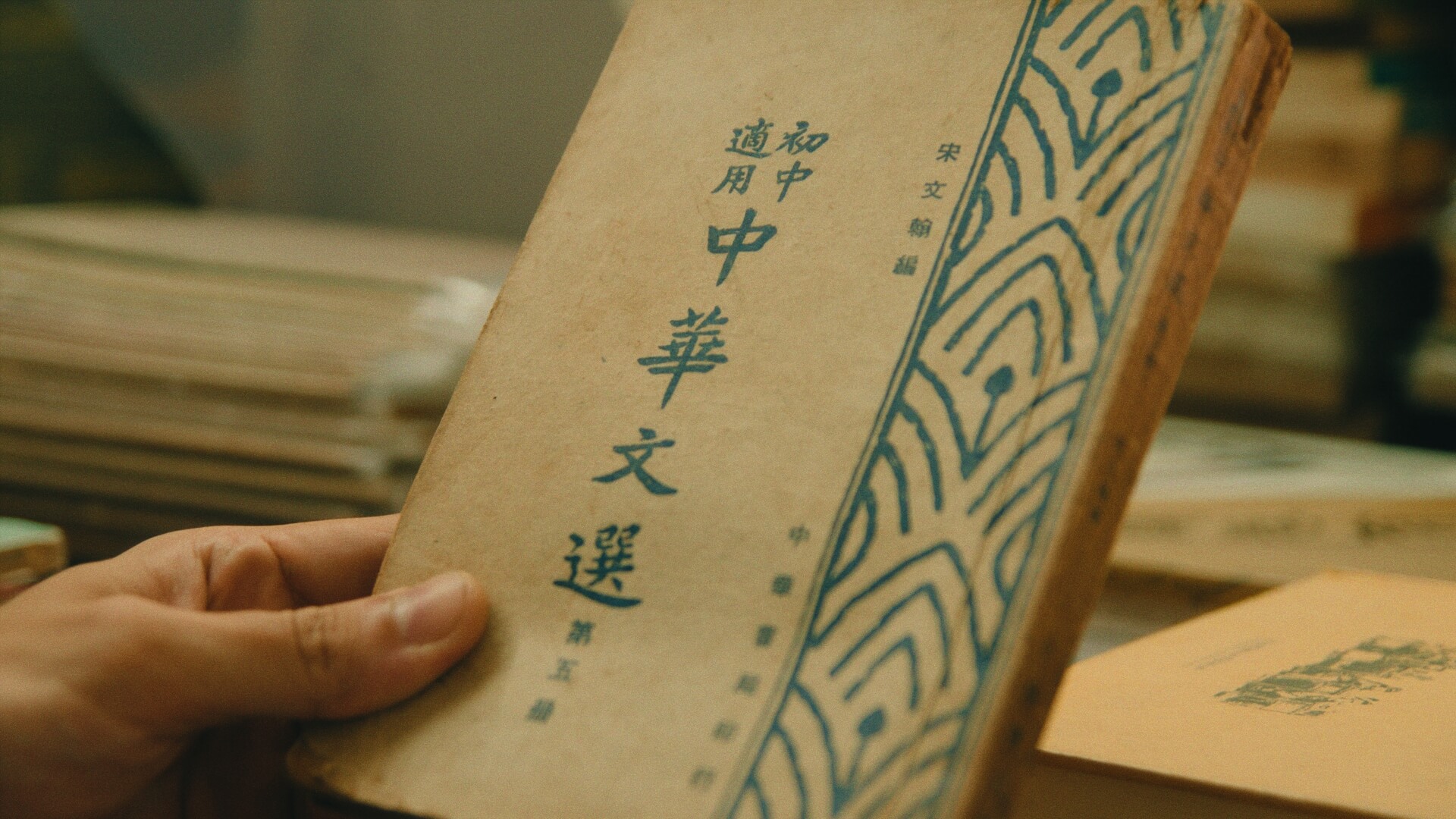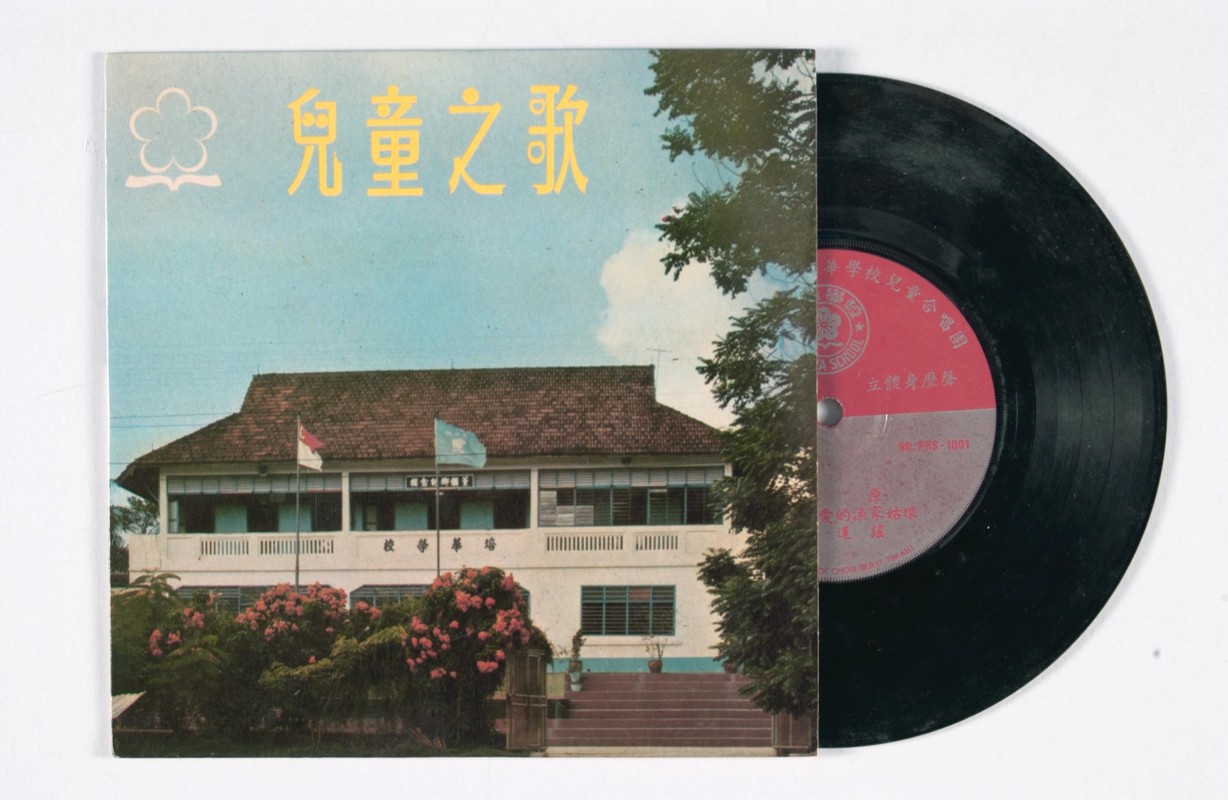Pre-war Republic of China textbooks and the Southeast Asian Chinese (1912–1941)
In the 19th century, the Chinese in Singapore mainly sent their children to private or free public schools, where they were taught subjects such as the Chinese script, the Four Books and Five Classics, zhusuan (knowledge and practice of performing arithmetic calculations using an abacus) and ethics. Such education aimed to develop their language, communication, life, and business skills, as well as impart and preserve traditional Chinese culture.
In the early 20th century, China experienced massive political changes. After the Republic of China was established, the new government was committed to promoting education and imparting knowledge to the masses. It imported modern educational systems from the West and encouraged intellectuals to compile modern textbooks for various subjects. Publishing houses like The Commercial Press, Chung Hwa Book Company, World Book Company, and Kai Ming Book Company began investing resources and introducing an eclectic variety of new textbooks for various subjects. They provided textbooks for use in secondary and primary schools, both within China and to overseas Chinese-medium schools (qiaoxiao). These textbooks covered a range of subjects, including Chinese language and literature, self-cultivation, history, geography, general knowledge, civics, health, arithmetic, physics, chemistry, and biology.1
In Singapore and Malaysia, seven major libraries have a collection of textbooks adopted by Chinese-medium schools in this region before World War II. These textbooks were compiled in compliance with the course outline and educational purpose issued by China’s Ministry of Education during different periods. They were titled under different series names, such as Republican Textbooks, New System Chinese Textbooks, Newly Edited Chinese Textbooks, New Curriculum Standard Textbooks, and Reviving Textbooks.2 The material selection and teaching objectives of these textbooks under different series were closely linked to the social conditions of different periods in China, and bore the imprint of the times.
When textbook publication in Republican China thrived
From 1912 to 1928, the publication of textbooks in Republican China flourished. Countless members of the Chinese elite and experts devoted themselves to the work of compiling textbooks. Working under the banner of publishing houses like The Commercial Press and Chung Hwa Book Company, they translated or compiled a variety of modern textbooks to promulgate modern knowledge (i.e. science), new ideologies (i.e. freedom, democracy, and human rights), and perspectives on life and the world to students in China and overseas Chinese-medium schools. These textbooks had a profound influence on the students. The May Fourth Movement, an anti-imperialist political movement which swept across China and Southeast Asia in 1919, arose as a direct result of these early learning textbooks.
Vernacular Chinese and children’s literature
One of the significant effects of the May Fourth Movement was the adoption of vernacular Chinese (baihuawen) and the inclusion of children’s literature in textbooks from Republican China. One characteristic of the textbooks in the 1920s and 1930s was the use of simple children’s literature as the norm in primary school Chinese textbooks. For example, in the 1930s textbook Primary School Chinese Language Reader, many lesson texts were written in the form of catchy nursery rhymes, fables, jokes, and stories. Not only were they easy to read and remember, they were also full of wit and humour, and were hence deeply imprinted in the minds of students. The following piece titled “Starry Sky”, exemplifies the type of wholesome and engaging content that was included in those textbooks:
Like copper nails on bluestone slabs
Countless they are
Stars in the sky, sparkling bright
Like many fairies blinking
Twinkling until the dawn breaks3


Before World War II, the Chinese community in Singapore and Malaya were deeply influenced by the textbooks they read, which shaped their perspectives on life, worldview, and values. They were taught to be upright individuals who were patriotic towards China and the Chinese people. These textbooks also nurtured a passionate group of young people with strong anti-colonial and anti-imperial sentiments. By the early 1930s, some Chinese textbooks imported from China had already introduced specialised “textbooks suitable for use by overseas Chinese in Nanyang” intended for use in overseas Chinese-medium schools in Southeast Asia, a prelude to the localisation of textbooks.
This is an edited and translated version of 战前民国教科书与东南亚华人(1912-1941). Click here to read original piece.
| 1 | Choi Kwai Keong, “Cong zhongguohua zouxiang malaiyahua, xinjiapo huawen jiaokeshu deshanbian (1946–1965)” [From ‘China-Orientation’ to ‘Malayanisation’: The Evolution of Singapore Chinese Language Textbooks (1946–1965)], 68. |
| 2 | The seven major libraries in Singapore and Malaysia are:
|
| 3 | Wu Yanyin, ed., Guoyu xin duben [New Chinese Reader, Vol. 3, Lesson 7] (Singapore: World Book Company, 1933). |
| 4 | Between 1928 and 1940, there were more than 800 different textbooks that contained content related to the Three Principles of the People — patriotism, opposition to colonialism, as well as anti-British and anti-Japanese sentiments. As a result, the colonial government banned their use in Chinese-medium schools. |
Choi, Kwai Keong. “Cong zhongguohua zouxiang malaiyahua, xinjiapo huawen jiaokeshu deshanbian (1946–1965)” [From ‘China-Orientation’ to ‘Malayanisation’: The Evolution of Singapore Chinese Language Textbooks (1946–1965)]. In Xin ma yin huaxiao jiaokeshu fazhan huigu [A Historical Survey of Chinese-School Textbooks in Singapore, Malaysia and Indonesia], edited by Yeap Chong Leng and Wee Tong Bao, 67–89. Singapore: Chinese Heritage Centre, 2005. | |
Lee, Ching Seng. “Xinjiapo huawen jiaokeshu daolun: shehui jiwang yu jiaoyu, jiaoyu jiwang yu jiaokeshu” [An Overview of Chinese Textbook Publishing in Singapore]. In Pages that Opened Our Minds III: A Pictorial Catalogue of Early Chinese Textbooks in Southeast Asia, edited by Kuay Ying Xuan, 9–22. Singapore: Chou Sing Chu Foundation, 2020. | |
Li Er, “Xiri huawen keben li de erge” [The children’s songs in Chinese language textbooks]. Lianhe Zaobao, 28 December 2017. |










